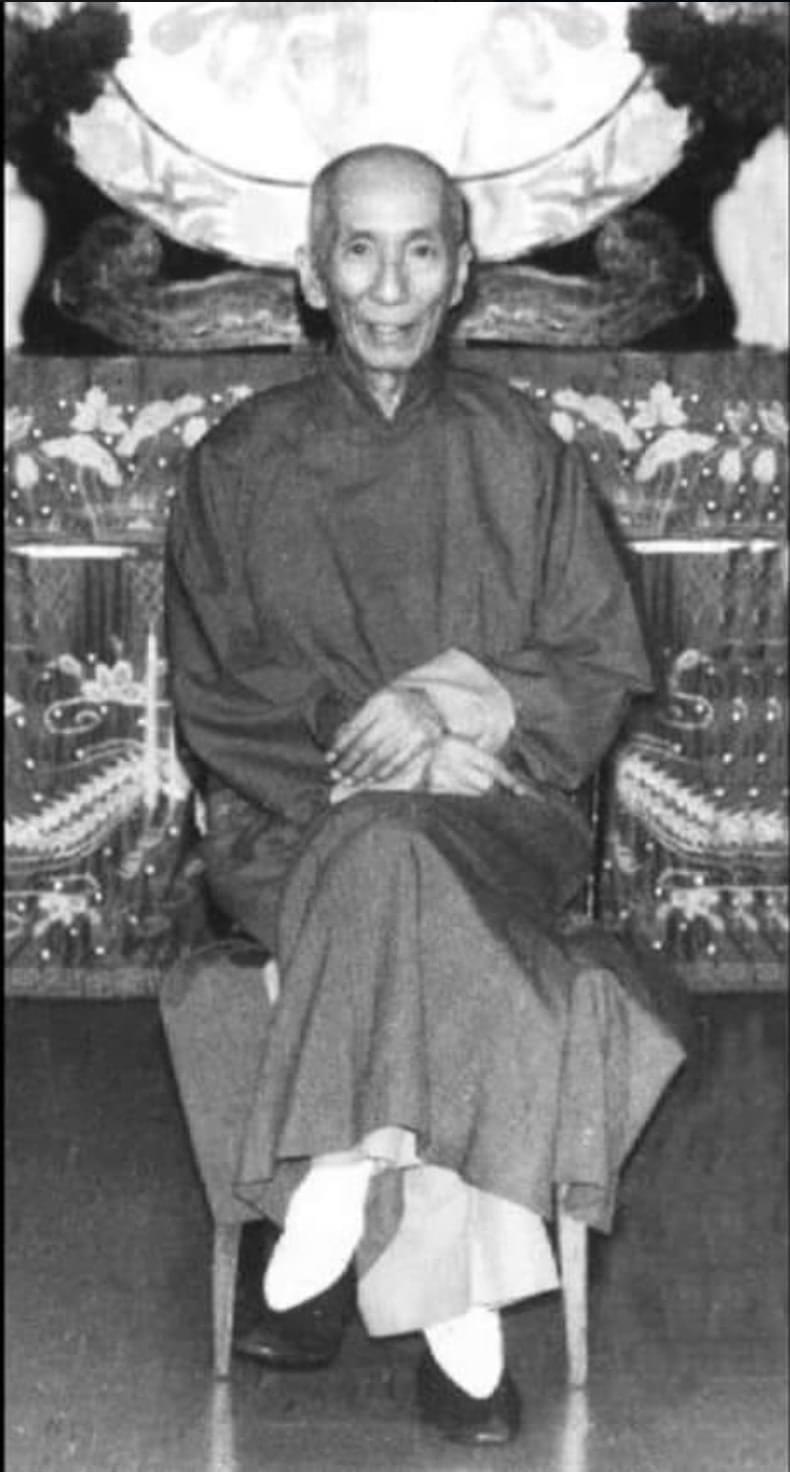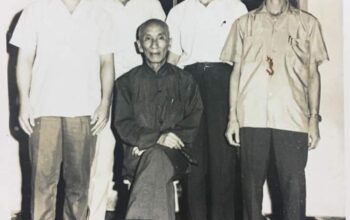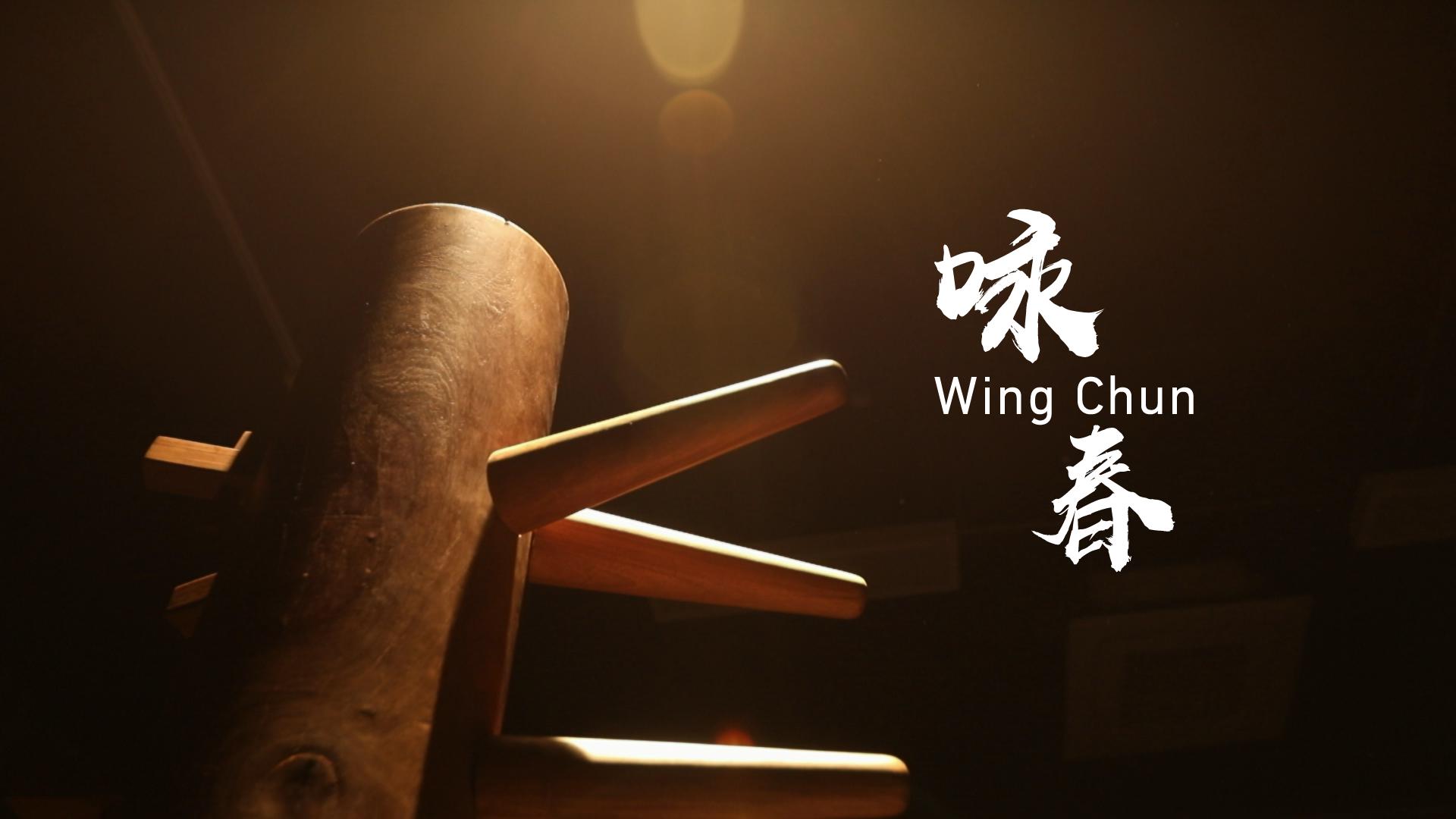Wing Chun, a traditional Chinese martial art, incorporates both aggression and defense as integral components of its combat system. While Wing Chun places a primary emphasis on defense, it also recognizes the importance of assertiveness and proactive action when facing threats. By combining defensive strategies with controlled aggression, Wing Chun practitioners aim to neutralize opponents effectively and maintain control of confrontations. Let’s explore how Wing Chun utilizes both aggression and defense in its approach to combat.
Wing Chun’s defensive focus is rooted in its principle of centerline control. Practitioners are trained to maintain control of the centerline, the imaginary line running down the middle of the body, during combat. This defensive strategy enables practitioners to intercept and deflect incoming strikes, protecting vital areas and minimizing harm. By efficiently defending against an opponent’s attacks, Wing Chun practitioners gain the upper hand and create openings for counterattacks.
However, Wing Chun also acknowledges the importance of assertiveness and proactive action. The art’s concept of simultaneous attack and defense allows practitioners to respond to an opponent’s aggression with immediate counterattacks. By taking the initiative and launching well-timed counterstrikes, Wing Chun practitioners can disrupt an opponent’s attack and regain control of the situation. This combination of defense and aggression allows practitioners to turn the tide of a confrontation and effectively neutralize threats.
In Wing Chun, aggression is channeled through controlled and precise strikes. The art emphasizes the use of short-range punches, kicks, and strikes that are executed explosively and efficiently. By delivering focused and powerful attacks, Wing Chun practitioners can overwhelm opponents and deter further aggression. However, these aggressive actions are performed with control and precision, ensuring that practitioners maintain their defensive capabilities and minimize the risk of leaving themselves vulnerable to counterattacks.
Wing Chun’s focus on sensitivity and trapping techniques also demonstrates its ability to utilize both aggression and defense. Through training drills like Chi Sao, practitioners develop a heightened tactile sensitivity, allowing them to sense an opponent’s pressure, intentions, and energy. This sensitivity enables Wing Chun practitioners to react swiftly and adaptively, effectively neutralizing attacks and controlling the opponent’s movements. Trapping techniques further enhance the art’s defensive capabilities by immobilizing or controlling an opponent’s limbs, allowing practitioners to dictate the course of the confrontation.
It’s crucial to note that Wing Chun’s approach to aggression and defense is rooted in practicality and efficiency. The art’s techniques and strategies are designed to neutralize threats swiftly and decisively, with the primary objective of protecting oneself and others. Wing Chun practitioners strive to maintain control of the situation while minimizing harm and avoiding unnecessary escalation.
Ultimately, Wing Chun utilizes both aggression and defense to create a comprehensive approach to combat. The art’s emphasis on defense, centerline control, simultaneous attack and defense, and sensitivity allows practitioners to respond effectively to aggression, neutralize threats, and regain control of confrontations. By combining defensive strategies with controlled aggression, Wing Chun enables practitioners to adapt to different situations and effectively protect themselves and others.
In conclusion, Wing Chun incorporates both aggression and defense as essential components of its combat system. While defense is the primary focus, Wing Chun practitioners utilize assertiveness and proactive action to neutralize threats effectively. By combining defensive strategies with controlled aggression, Wing Chun enables practitioners to respond decisively, regain control, and protect themselves and others. The art’s approach to aggression and defense is rooted in practicality, efficiency, and the aim of minimizing harm in real-world scenarios.







